
Friday, March 27, 2009
Subscribe to:
Post Comments (Atom)
November 20, 2008
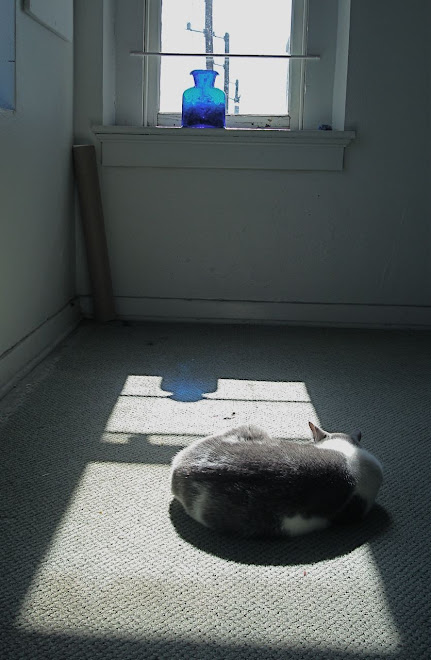
November 20, 2008
How does color set a mood? The soft gray and white of the carpet, the cat Marshall, and the sunlit window contribute to to the sense of calm repose. What does blue mean to you or me? We all have symbolic associations for colors; some based on personal experience and some instilled culturally.
The cobalt blue of the vase provides a point and counterpoint to the composition, in addition to providing elements that balance.
Keeping the cat in the lower third of the composition weights the image and is another visual door into the picture world.
November 19, 2008
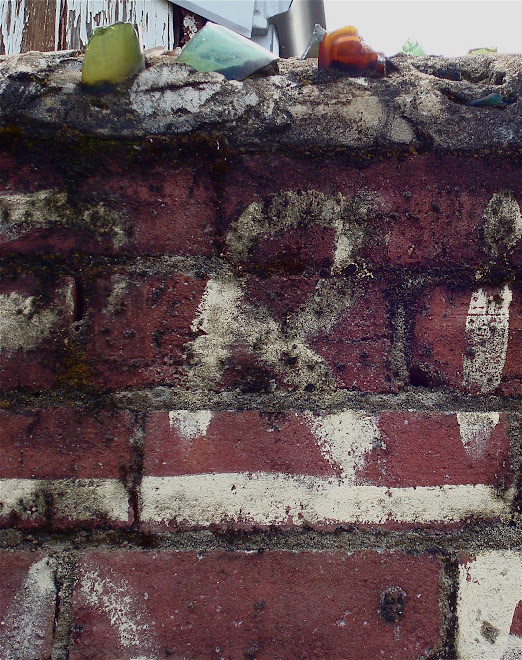
November 19, 2008
This picture tells several stories. It references the human desire to order the world around us - the lettering on the wall establishes the alley as a No Parking zone, and the broken glass- jutting out at the top - is another message of fear and frailty. Whoever lives behind this wall wants to be left alone.
But there is beauty in the contrast of the rough brick surface and the smooth translucency of the broken glass bottles. A contrast of textures makes for an interesting composition. And the abstract nature of the printed letters against the structure of the bricks would be worth emulating in another sort of composition.
November 18, 2008
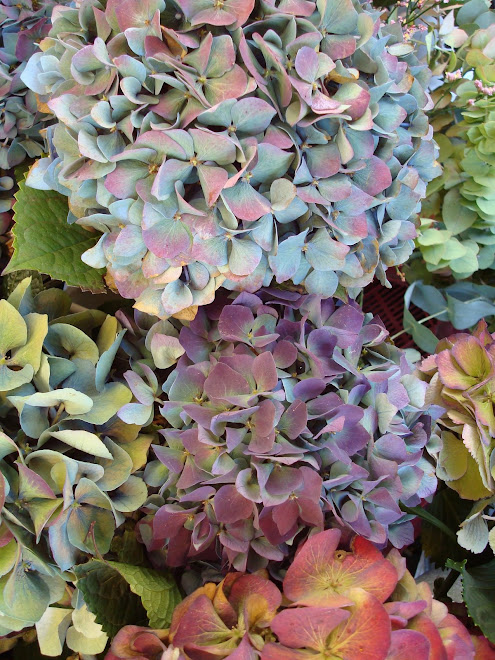
November 18, 2008
The Hydrangeas offer a lesson in the effective use of color. The pale blue and lavender are roughly the same value, so they balance each other beautifully. I am challenged to mimic that combination of analogous colors on silk Habotai!
This photograph would be considered beautiful even without the red-orange and yellow flowers at the bottom. But the addition of the complements to the blue and purple creates a focal point and generates some nice contrast because of the complementary pairing. And imagine how different this composition would be, were the red-orange and yellow at the top instead of at the bottom. The current placement adds important visual weight.
November 17, 2008
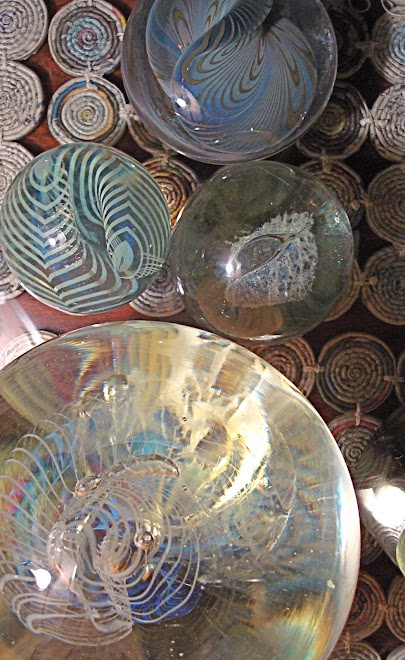
November 16, 2008
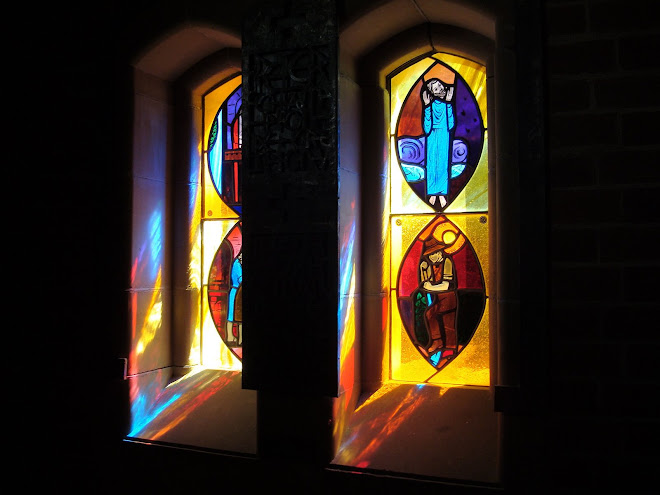
Being and Non-being

Substance and Light
November 16, 2008
We join spokes together in a wheel,
but it is the center hole
that makes the wagon move.
We shape clay into a pot,
but it is the emptiness inside
that holds whatever we want.
We hammer wood for a house,
but it is the space inside
that holds whatever we want.
We work with being,
but non-being is what we use.
Tao te Ching; Verse 11
Stephen Mitchell translation






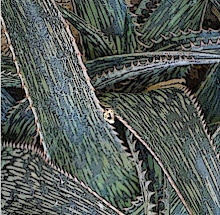
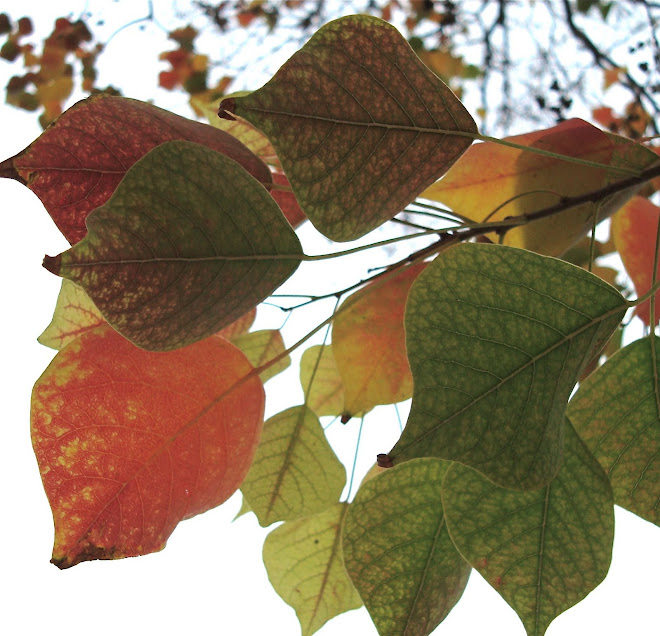
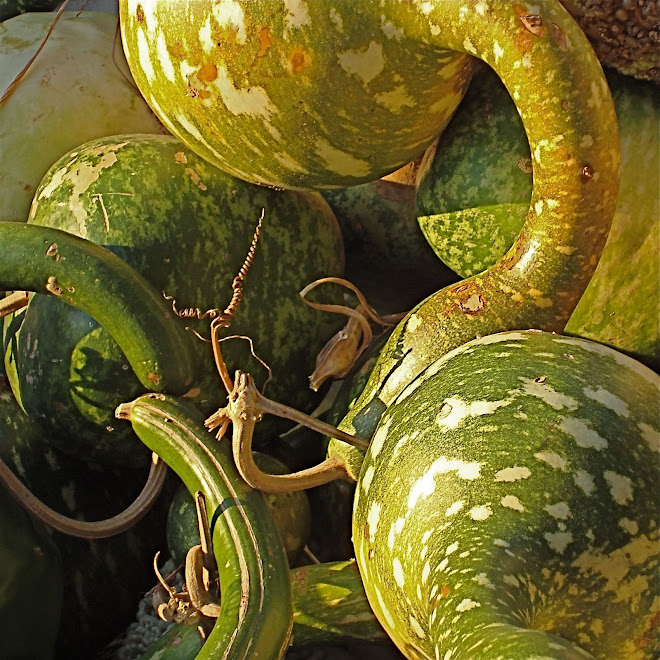
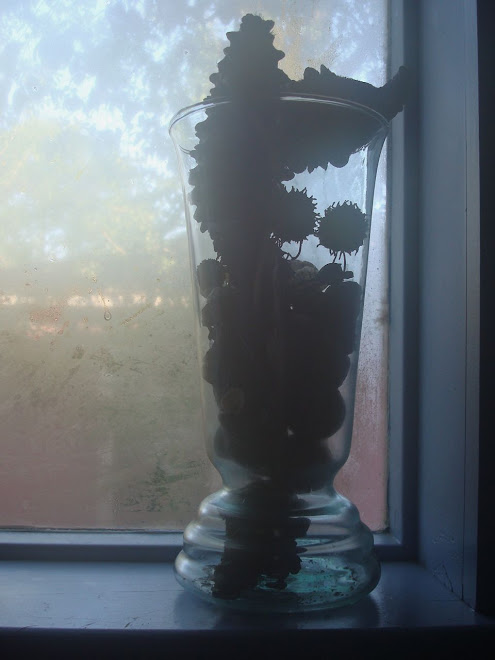
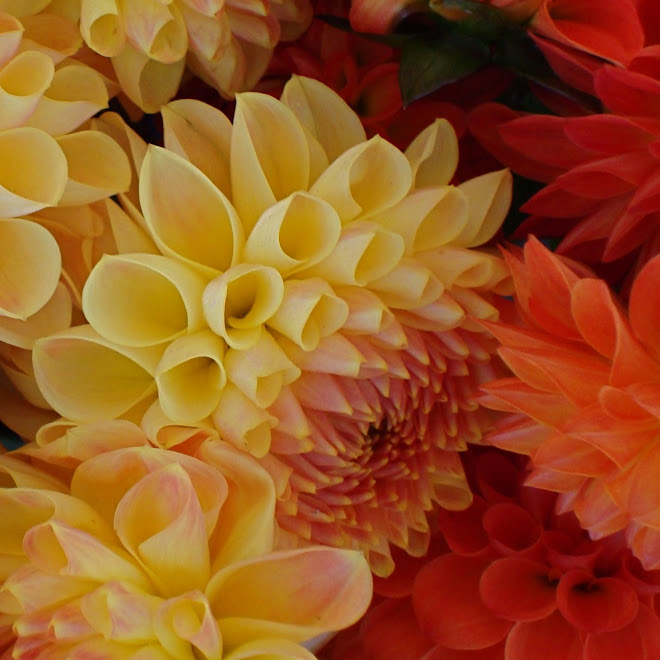
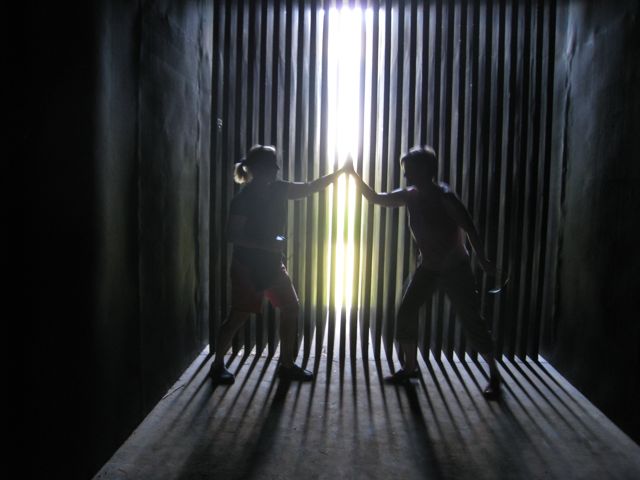
6 comments:
You really got me this time, Jane. As artists we never know when our work is going to touch deep in someone's soul. I get your daily photos through the RSS feed. When this one opened I relived the twin towers falling and the people jumping to escape. I will always call this piece "For Some It Never Comes"-"...there's got to be a morning after..." yet for some it never comes.
Oh Lindad !!!!!!!!!!!!!!!
When I opened it, a big slow grin just spread over my face ----- being Oz it didn't have that import for me.
Jane I LOVE it - it is fun and clever and peaceful, and stimulating -- wonder if the glass was bubble, or just laminated in various ways ...could be old enough to be real leadlight .....
interesting ..
Thanks
Fay
It was actually a modern building made of glass windows with the building across the street reflected in it! Cropping to eliminate recognizable elements turned it into an abstraction.
When I opened your blog yesterday, I loved the photograph. The straight grid in the foreground with the abstract grid in the background is a wonderful contrast. The blue sky on the left is perfect. Then I read Lindad's comments and could see what she saw in the photograph. I think we should never forget those who perished on 09/11 nor their loved ones and Lindad's offered another moment of remembrance. Then I read Fay's comments and once again enjoyed the artfulness of the photo. Both feelings are good.
From inside those window panes the opposite building would look so ordinary!
Wonderful! . . . a repeating unit that keeps changing.
Post a Comment